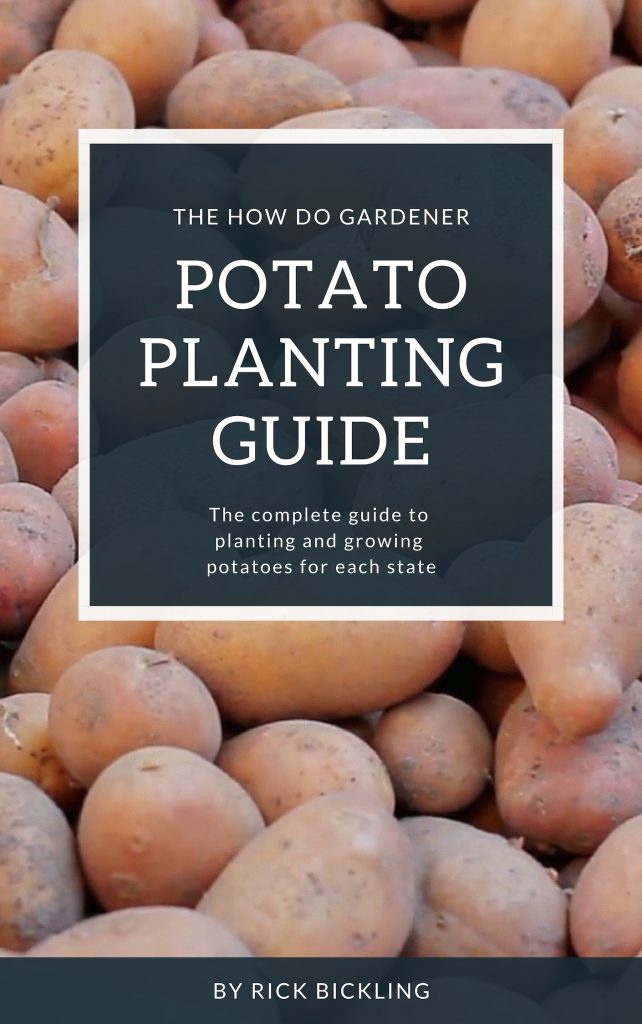How to Grow Potatoes in Containers: Step-by-Step Guide

Are you dreaming of harvesting your own potatoes but lack the space for a traditional garden? Container gardening is the perfect solution for urban vegetable gardening enthusiasts. Imagine the satisfaction of growing potatoes at home, even in the smallest of spaces. Let's dive into a comprehensive potato planting guide that will have you enjoying fresh, homegrown potatoes in no time.
Why Grow Potatoes in Containers?
Container gardening offers numerous benefits. It's perfect for small space gardening, allowing you to grow potatoes on balconies, patios, or even indoors. Plus, containers provide better control over soil quality and pest management. So, why not give it a try?
Step-by-Step Guide to Growing Potatoes in Containers
Step 1: Choose the Right Container
The first step is selecting the right container. Opt for a large pot or grow bag with good drainage. A 5-gallon bucket or a 10-gallon grow bag is ideal. Ensure the container has drainage holes to prevent waterlogging.
Step 2: Select the Best Potato Varieties
Not all potatoes are created equal. Some varieties are better suited for container gardening. Look for early or mid-season varieties like 'Yukon Gold,' 'Red Pontiac,' or 'Kennebec.' These varieties are known for their adaptability to container growing.
Step 3: Prepare Your Soil
Good soil is the foundation of successful container gardening. Use a well-draining potting mix enriched with compost. Avoid garden soil, as it can be too heavy and compacted for containers.
Step 4: Plant Your Potatoes
Start by cutting your seed potatoes into pieces, ensuring each piece has at least one "eye." Allow the cut pieces to dry for a day or two to prevent rot. Plant the pieces about 3-4 inches deep in the soil, with the eyes facing up. Space them about 6-8 inches apart.
Step 5: Water and Care
Water your potatoes thoroughly after planting. Keep the soil consistently moist but not waterlogged. Potatoes need about 1-2 inches of water per week. As the plants grow, add more soil or compost around the stems to encourage more tuber growth. This process, called "hilling," is crucial for maximizing your harvest.
Step 6: Harvest Your Potatoes
Potatoes are ready to harvest when the plants start to die back, usually around 10-12 weeks after planting. Gently dig around the plants to find the potatoes. Be careful not to damage them with your tools.
Container Gardening Tips for Success
Tip 1: Location Matters
Place your container in a spot that gets at least 6-8 hours of sunlight daily. Potatoes thrive in sunny locations.
Tip 2: Fertilize Regularly
Use a balanced, slow-release fertilizer to provide essential nutrients. Fertilize every 4-6 weeks during the growing season.
Tip 3: Monitor for Pests and Diseases
Keep an eye out for common pests like aphids and diseases like blight. Early detection can prevent significant damage to your crop.
Tip 4: Rotate Crops
If you plan to reuse your containers, rotate your crops to prevent disease buildup. Avoid planting potatoes in the same container year after year.
Conclusion
Growing potatoes in containers is a rewarding experience that brings the joy of gardening to even the smallest spaces. With the right container, soil, and care, you can enjoy a bountiful harvest of homegrown potatoes. So, why wait? Start your container gardening journey today and reap the benefits of urban vegetable gardening.
FAQs
1. What are the best containers for growing potatoes?
Large pots, grow bags, or even 5-gallon buckets with good drainage are ideal for growing potatoes. Ensure the container has drainage holes to prevent waterlogging.
2. How often should I water my container potatoes?
Potatoes need about 1-2 inches of water per week. Keep the soil consistently moist but not waterlogged.
3. When should I harvest my container potatoes?
Potatoes are ready to harvest when the plants start to die back, usually around 10-12 weeks after planting.
4. Can I reuse the soil from my container potatoes?
It's best to replace the soil each growing season to prevent disease buildup. However, you can reuse it if you sterilize it first.
5. What are some common pests and diseases to watch out for?
Common pests include aphids and potato beetles, while diseases like blight and scab can affect potatoes. Regular monitoring and early intervention can prevent significant damage.
/Containergarden-GettyImages-155360996-5a0917a1ec2f640036a63a1b.jpg)

For more detailed information on container gardening, you can visit the National Gardening Association or explore the resources available at the University of Illinois Extension. These websites offer a wealth of knowledge and tips for successful gardening.
0 Response to "How to Grow Potatoes in Containers: Step-by-Step Guide"
Post a Comment